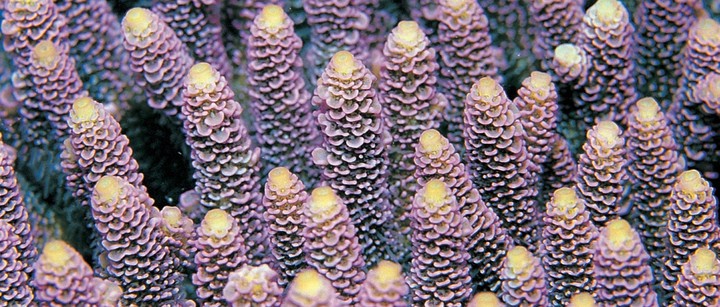EST analysis of the Cnidarian Acropora millepora reveals extensive gene loss and rapid sequence divergence in the model invertebrates
 ©2013 Australian Institute of Marine Science CC BY-NC 3.0
©2013 Australian Institute of Marine Science CC BY-NC 3.0Abstract
A significant proportion of mammalian genes are not represented in the genomes of Drosophila, Caenorhabditis or Saccharomyces, and many of these are assumed to have been vertebrate innovations. To test this assumption, we conducted a preliminary EST project on the anthozoan cnidarian, Acropora millepora, a basal metazoan. More than 10% of the Acropora ESTs with strong metazoan matches to the databases had clear human homologs but were not represented in the Drosophila or Caenorhabditis genomes; this category includes a surprising diversity of transcription factors and metabolic proteins that were previously assumed to be restricted to vertebrates. Consistent with higher rates of divergence in the model invertebrates, three-way comparisons show that most Acropora ESTs match human sequences much more strongly than they do any Drosophila or Caenorhabditis sequence. Gene loss has thus been much more extensive in the model invertebrate lineages than previously assumed and, as a consequence, some genes formerly thought to be vertebrate inventions must have been present in the common metazoan ancestor. The complexity of the Acropora genome is paradoxical, given that this organism contains apparently few tissue types and the simplest extant nervous system consisting of a morphologically homogeneous nerve net.
A brief commentary on the paper is available in Nature News and Views.